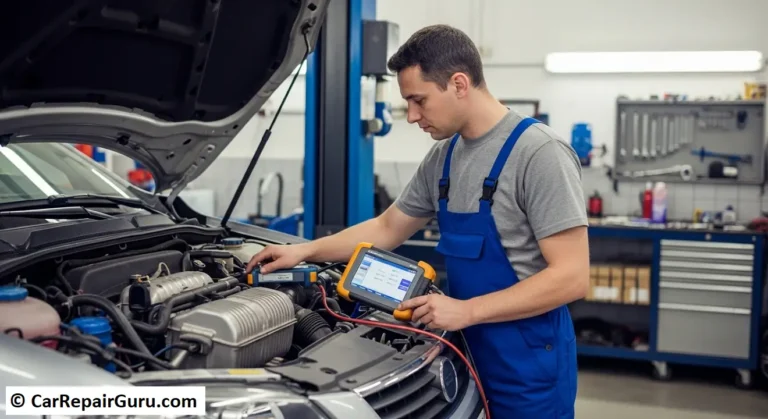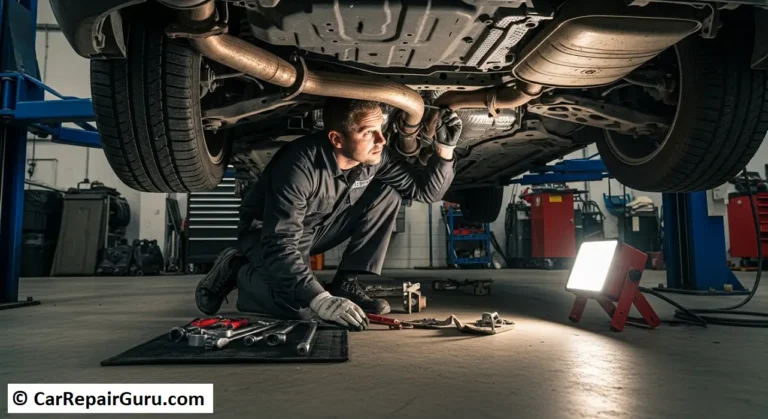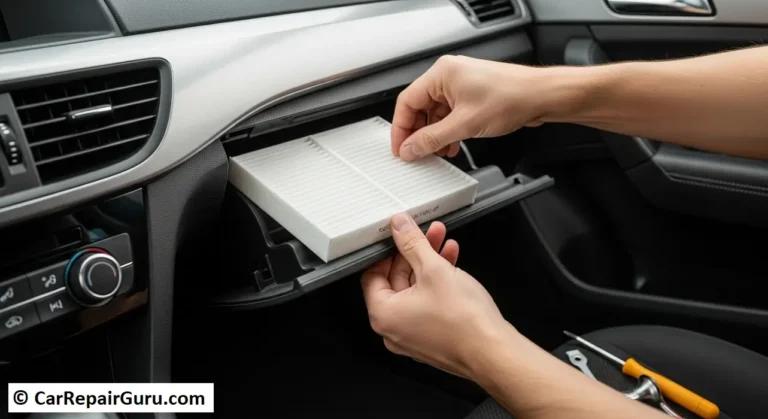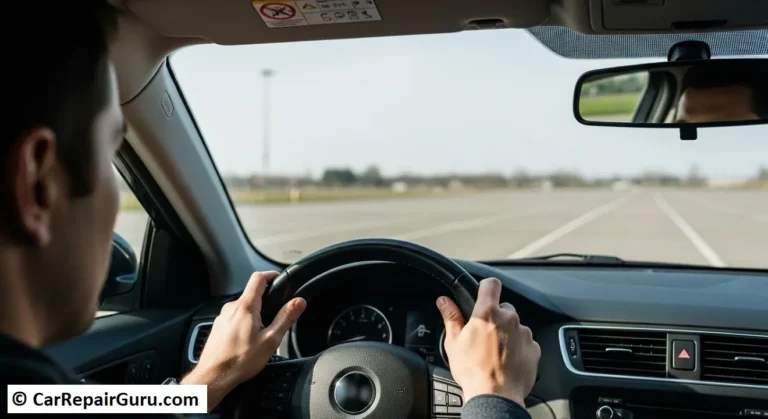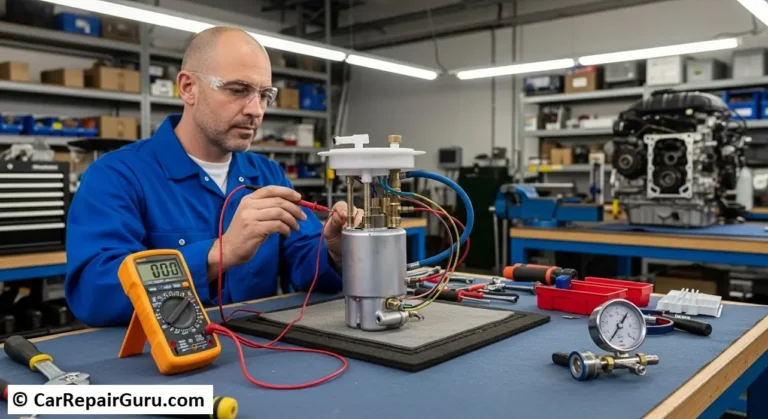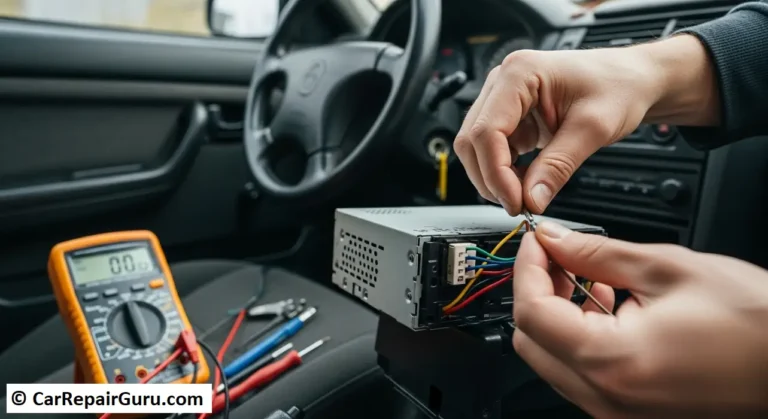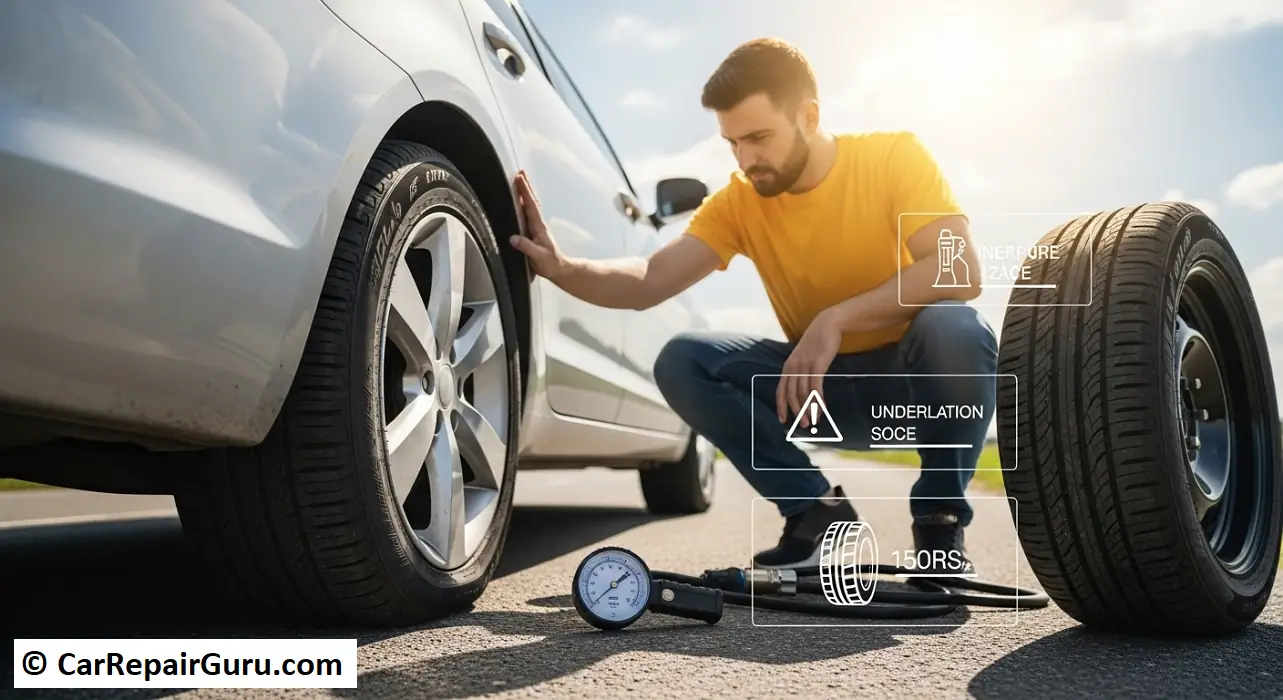
Car tire issues are one of the most common challenges drivers face, yet they’re often overlooked until a problem arises. Neglecting tire maintenance can lead to uneven wear, flat tires, or even accidents, costing you time, money, and safety. By taking proactive steps, you can avoid these problems and keep your tires in top condition.
Did you know that underinflated tires are three times more likely to cause a blowout than properly inflated ones? Or that proper tire care can extend their lifespan by up to 50%? Let’s explore the common issues, their causes, and practical solutions to ensure safer, smoother rides every time you hit the road.
Identifying Common Car Tire Problems
Tires are the unsung heroes of vehicle safety, but they face daily wear and tear that can lead to a range of problems. Understanding these issues and their causes is the first step to preventing them. Here are some of the most common car tire problems:
Uneven Tread Wear
Uneven tread wear occurs when tires wear out irregularly across their surface. This issue is often linked to improper inflation or misalignment. Overinflated tires concentrate pressure in the center of the tread, while underinflated tires cause wear on the outer edges. Misalignment adds uneven stress to specific areas of the tire, further accelerating damage. Regular checks and alignment services can minimize these risks.
Underinflation and Overinflation
Tire pressure plays a crucial role in performance and safety. Underinflated tires flex excessively, causing heat buildup that may lead to a blowout. Conversely, overinflated tires reduce the contact patch with the road, decreasing grip and increasing the risk of punctures. Using a tire pressure gauge and following the manufacturer’s recommendations can prevent these problems.
Sidewall Damage
The sidewall of a tire is its most vulnerable area, often damaged by road hazards like curbs, potholes, or sharp debris. Common issues include bulges, cracks, and dry rot. Bulges indicate internal structural damage, often caused by hard impacts. Cracks or dry rot develop when tires age or are exposed to extreme weather conditions. Sidewall damage is usually irreparable, necessitating tire replacement for safety.
Punctures and Flat Tires
Debris like nails, glass, or sharp objects can puncture a tire, leading to air loss or a flat. While small punctures on the tread can sometimes be repaired, larger ones or those on the sidewall typically require a new tire. Regular inspections and avoiding poorly maintained roads can help reduce the likelihood of punctures.
By addressing these common tire issues early, you can extend the life of your tires and ensure a safer driving experience. Up next, we’ll discuss preventative measures to avoid these problems altogether.
How to Prevent Car Tire Problems
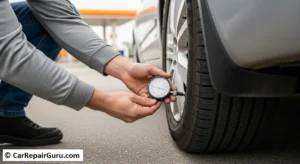
Preventing tire issues starts with consistent care and attention. Following a few proactive measures can significantly extend the lifespan of your tires, improve vehicle performance, and keep you safe on the road.
Regular Tire Inspections
Inspecting your tires monthly is one of the easiest ways to avoid potential problems. Check for visible damage, such as cracks, bulges, or embedded debris, and measure the tread depth using a simple gauge. A tread depth of less than 2/32 inches signals it’s time for a replacement. Keeping an eye on uneven wear patterns can also alert you to alignment or pressure issues before they worsen.
Maintaining Proper Inflation
Tire pressure is a critical factor in preventing issues like blowouts or uneven wear. Underinflated tires flex more, generating excessive heat, while overinflated tires reduce road grip and increase the risk of punctures. Use a reliable tire pressure gauge to check each tire monthly and adjust to the manufacturer’s recommended PSI (found in your car’s manual or door frame). Remember to check the pressure when tires are cold for the most accurate reading.
Rotation and Alignment
Rotating your tires every 5,000–7,500 miles ensures even tread wear across all four tires. Front and rear tires experience different stress levels due to steering and weight distribution. Rotations balance this out, extending the life of your tires. Additionally, have your vehicle’s alignment checked annually or when you notice uneven wear or pulling to one side while driving. Proper alignment ensures your tires make optimal contact with the road, enhancing safety and efficiency.
Safe Driving Practices
Your driving habits play a significant role in tire longevity. Avoid harsh braking, rapid acceleration, and sudden turns, which put unnecessary stress on your tires. Driving at moderate speeds and steering clear of potholes, curbs, and debris can further reduce wear and tear.
Protecting Tires from the Environment
Environmental factors like extreme heat, cold, and sunlight can degrade tires over time. If possible, park in shaded areas to reduce exposure to UV rays that cause dry rot and cracking. Using tire protectants specifically designed to shield against weather damage can add an extra layer of defense. During winter, consider switching to winter tires to handle icy conditions and minimize wear on your all-season tires.
By incorporating these preventative measures into your routine, you can significantly reduce the chances of encountering common tire issues. Not only does this save money on repairs and replacements, but it also ensures a safer driving experience for you and your passengers.
Fixing Minor Tire Problems at Home
Not all tire issues require a trip to the mechanic. With the right tools and knowledge, you can address minor problems at home, saving both time and money. Here are some simple solutions for common tire troubles:
Patching Small Punctures Using Repair Kits
Small punctures, often caused by nails or sharp objects, can be quickly fixed with a tire repair kit. These kits typically include rubber plugs, adhesive, and tools to seal the hole. To patch a puncture:
- Locate the puncture and remove the object causing it.
- Use the reaming tool from the kit to clean and widen the hole.
- Apply adhesive to the plug, insert it into the hole, and cut off any excess.
This solution works best for punctures within the tread area. Sidewall punctures, however, require professional attention.
Addressing Minor Cracks with Tire Protectants
Small cracks on the tire’s surface, often caused by weathering or aging, can be mitigated with tire protectants. These products help restore the tire’s flexibility and shield it from further UV damage. To apply:
- Clean the tire thoroughly to remove dirt and debris.
- Apply the protectant evenly using a sponge or cloth.
- Allow it to dry before driving.
Keep in mind that this is a temporary fix; severe cracking indicates the tire may need replacement.
Balancing and Adjusting Tires to Fix Vibrations
If you experience vibrations while driving, unbalanced tires might be the cause. While professional equipment provides the most accurate balancing, you can take a DIY approach:
- Inspect for uneven tread wear or debris lodged in the tread.
- Remove and clean the tires, ensuring there’s no buildup of dirt or mud.
- Adjust tire pressure to the recommended PSI.
For persistent vibrations, it’s best to visit a tire specialist to ensure precise balancing and alignment.
By addressing minor tire issues at home, you can prevent small problems from escalating into costly repairs. However, always know your limits—severe damage or persistent issues should be handled by a professional.
Knowing When to Call a Mechanic
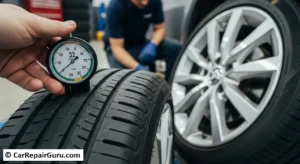
While many tire problems can be addressed at home, certain issues demand professional expertise to ensure your safety. Recognizing when to seek help is crucial to preventing further damage or accidents.
Persistent Loss of Pressure or Deep Cracks
If your tire continually loses air despite proper inflation, the problem could stem from a slow leak, damaged valve, or compromised bead area (where the tire meets the rim). Deep cracks on the tread or sidewall also signal advanced wear or weather damage that can’t be remedied with DIY solutions. A professional inspection is essential to determine whether repair or replacement is needed.
Sidewall Bulges or Large Punctures
Bulges in the sidewall indicate internal structural damage, often caused by hard impacts like hitting a curb or pothole. This type of damage compromises the tire’s integrity and increases the risk of a blowout. Similarly, punctures larger than 1/4 inch or those located on the sidewall cannot be safely repaired and require immediate replacement by a mechanic.
Professional Alignment and Balancing Services
If your car pulls to one side, tires wear unevenly, or you experience persistent vibrations despite cleaning and adjusting the tires, it’s time for professional alignment or balancing. These services ensure optimal contact between your tires and the road, improving safety, handling, and fuel efficiency.
Ignoring these signs can lead to severe consequences, including accidents or costly repairs. When in doubt, err on the side of caution and consult a trusted mechanic to keep your car—and yourself—safe.
Conclusion
Maintaining your car tires and adopting safe driving practices are essential steps toward ensuring safety, improving fuel efficiency, and extending tire life. Regular inspections, proper inflation, timely rotations, and alignment not only prevent common tire problems but also reduce the likelihood of costly repairs and dangerous accidents.
By taking proactive measures, such as addressing minor issues early and knowing when to seek professional help, you can save money and stay safer on the road. Remember, your tires are the foundation of your vehicle’s performance—caring for them is an investment in your overall driving experience.
Start implementing these practices today, and enjoy smoother, safer, and more reliable journeys ahead.
FAQ About Tire Maintenance
How often should I check my tire pressure?
You should check your tire pressure at least once a month and before any long road trips. Make sure to use a reliable tire pressure gauge and check when the tires are cold for the most accurate reading.
What causes uneven tread wear?
Uneven tread wear usually happens because of poor wheel alignment, incorrect tire pressure, or neglecting regular tire rotation. These issues cause certain parts of the tire to wear out faster than others, which can lead to unsafe driving conditions.
Can I repair a tire with a sidewall bulge?
No, a sidewall bulge is a serious safety concern. It means the internal structure of the tire is damaged, often from hitting a curb or pothole. Such a tire should be replaced immediately—repairing it is not safe.
How do I know when to replace my tires?
Replace your tires when the tread depth is below 2/32 of an inch, or if you notice deep cracks, cuts, punctures larger than 1/4 inch, or sidewall damage. You can use a tread depth gauge or the “penny test” to check the depth.
